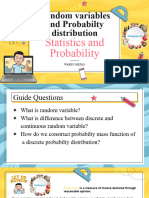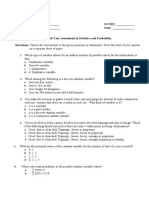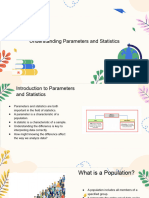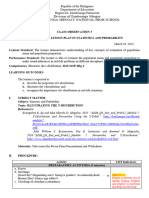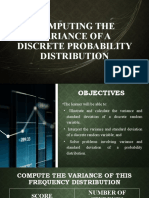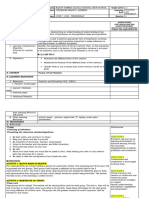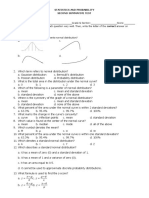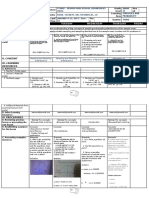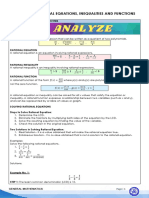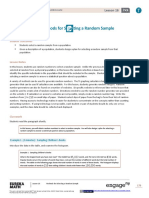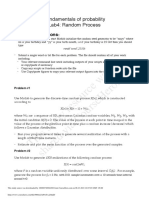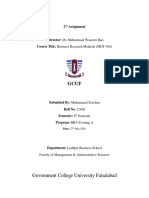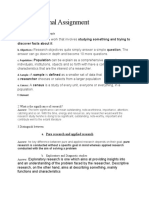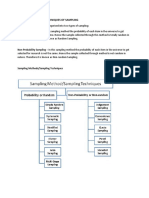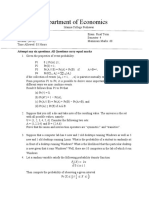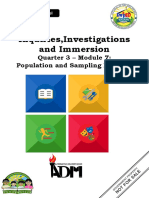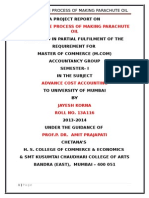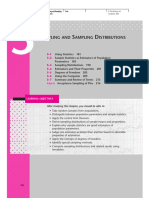0% found this document useful (0 votes)
60 views37 pagesSTAT001 Module 4 Random Sampling 1
1) Random sampling involves selecting samples from a population in a way that gives every member of the population an equal chance of being chosen. It aims to produce a sample that accurately represents the population.
2) The sampling distribution of means describes how sample means are distributed when many samples of the same size are drawn from the same population. It shows that sample means will vary around the true population mean due to sampling variability.
3) The central limit theorem states that the sampling distribution of means will approximate a normal distribution as the sample size increases, even if the population is not normally distributed. This allows inferring properties of the population from a sample.
Uploaded by
Jk JeonCopyright
© © All Rights Reserved
We take content rights seriously. If you suspect this is your content, claim it here.
Available Formats
Download as PPTX, PDF, TXT or read online on Scribd
0% found this document useful (0 votes)
60 views37 pagesSTAT001 Module 4 Random Sampling 1
1) Random sampling involves selecting samples from a population in a way that gives every member of the population an equal chance of being chosen. It aims to produce a sample that accurately represents the population.
2) The sampling distribution of means describes how sample means are distributed when many samples of the same size are drawn from the same population. It shows that sample means will vary around the true population mean due to sampling variability.
3) The central limit theorem states that the sampling distribution of means will approximate a normal distribution as the sample size increases, even if the population is not normally distributed. This allows inferring properties of the population from a sample.
Uploaded by
Jk JeonCopyright
© © All Rights Reserved
We take content rights seriously. If you suspect this is your content, claim it here.
Available Formats
Download as PPTX, PDF, TXT or read online on Scribd
/ 37






